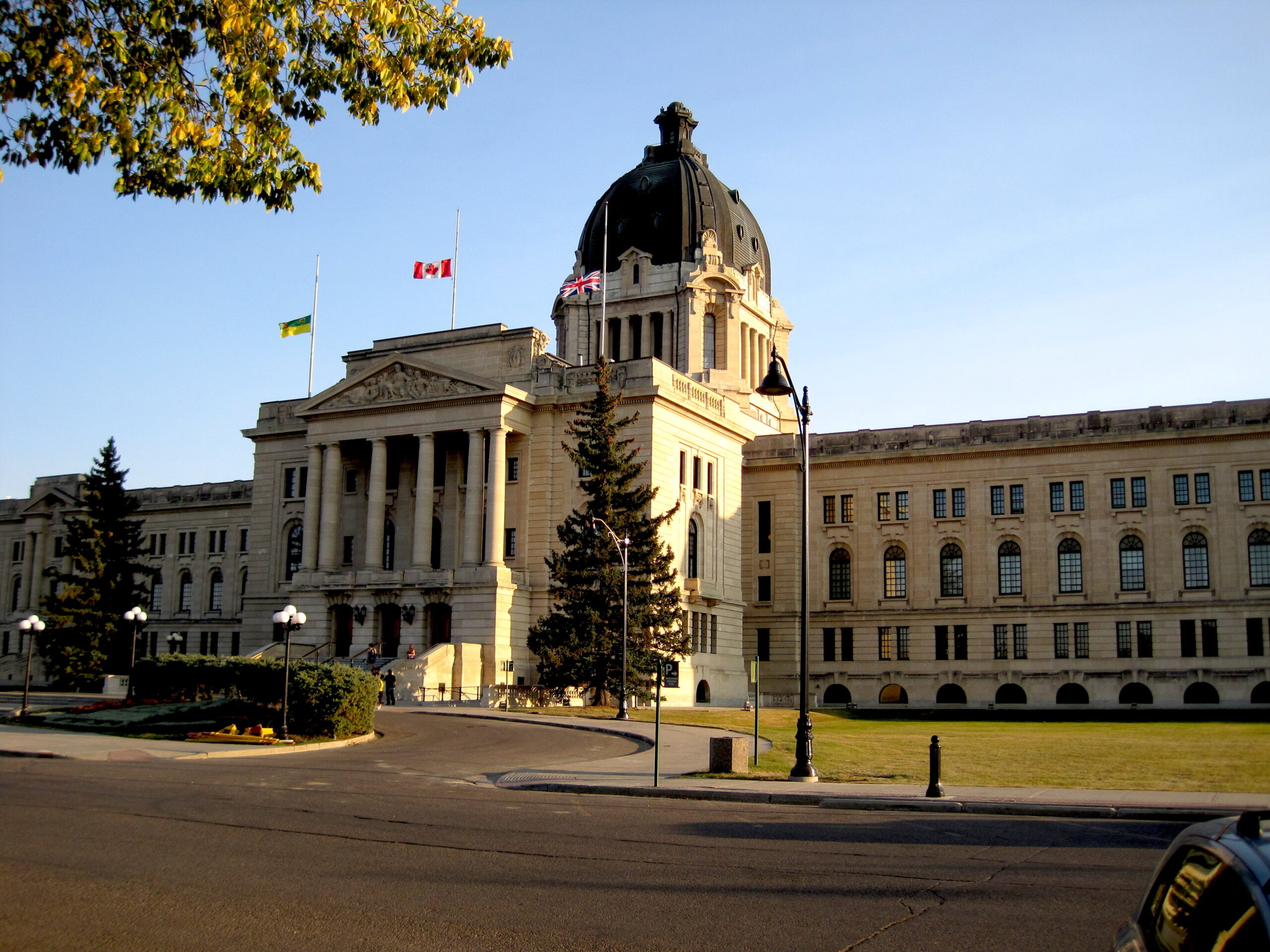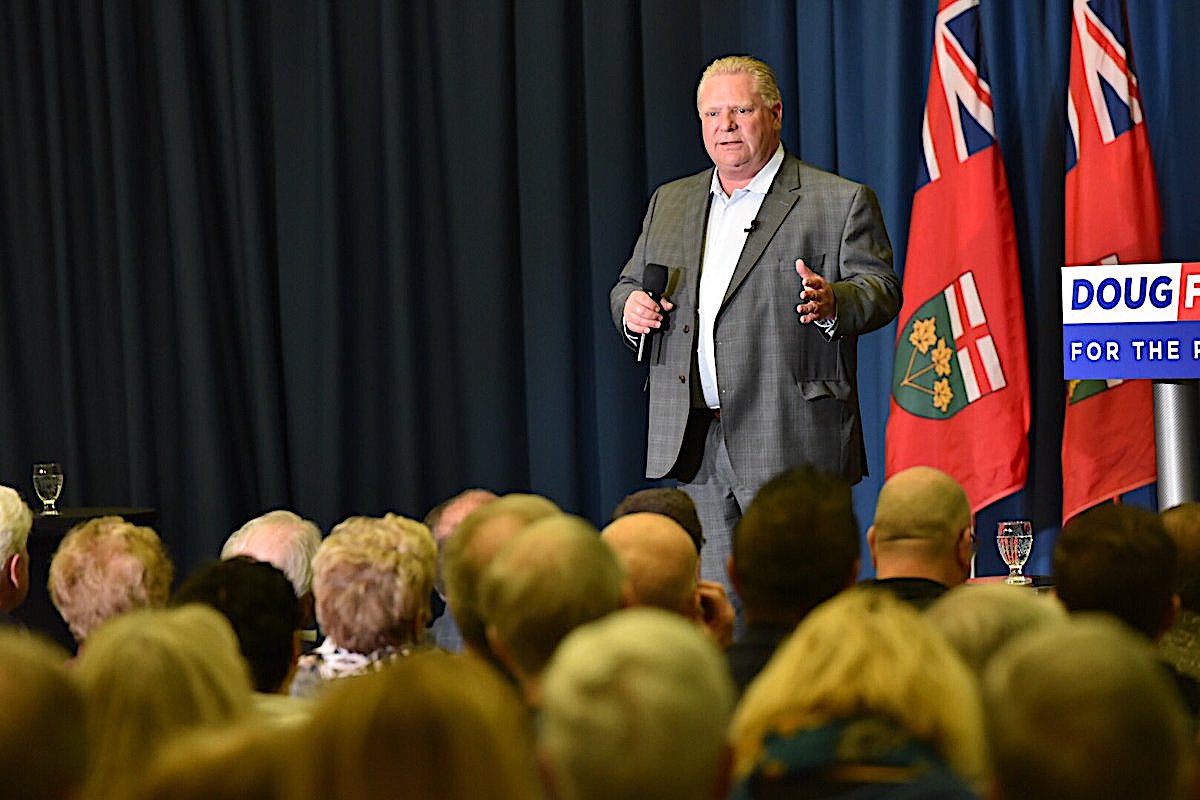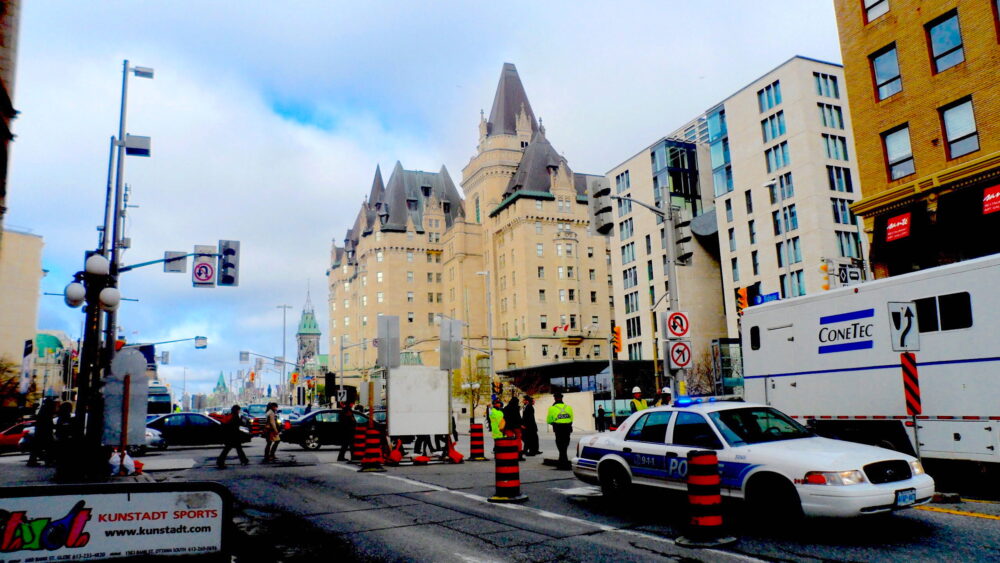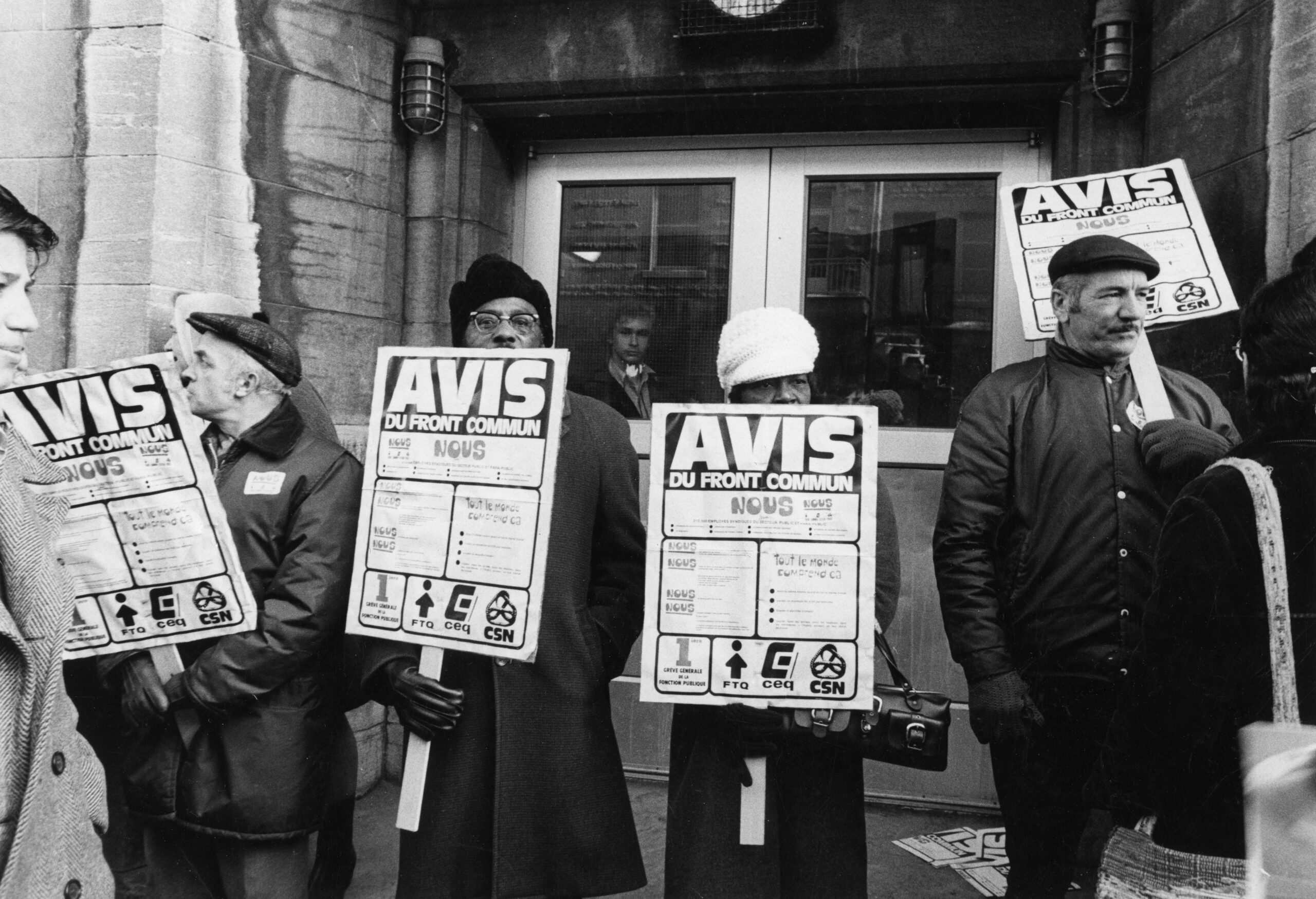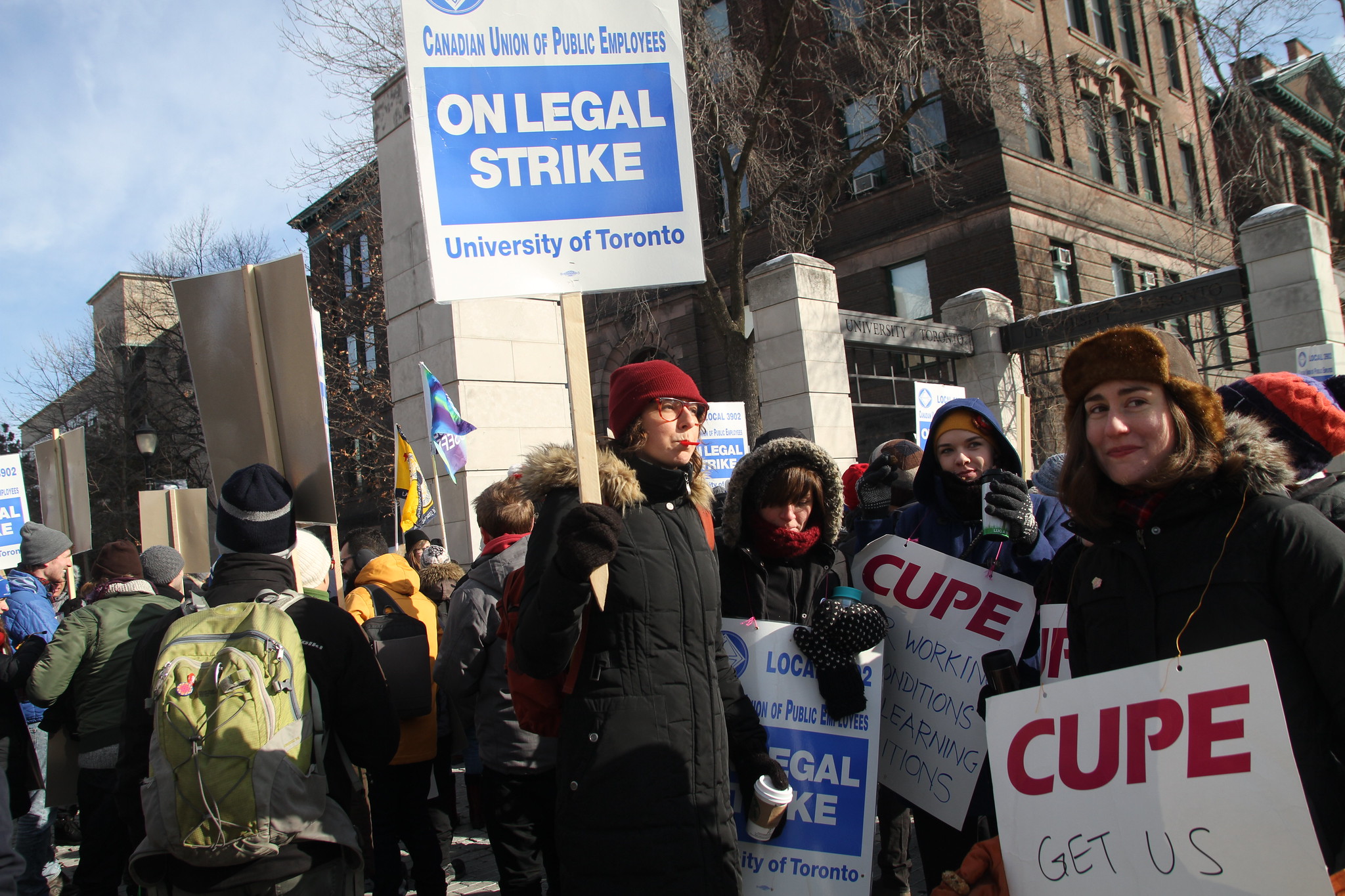The underbelly of contemporary violence is colonialism, the politics of disposability, religious fundamentalism, neoliberalism, and raw militarism. Violence seems to have engulfed the earth like a blinding sandstorm. Women and children are being killed en mass in Gaza, homelessness is increasingly spreading among youth in many countries, inequality exists at staggering levels, and a culture for justice has been replaced by a global culture of war. Gangster capitalism is waging a war on the working class, women’s reproductive rights, gay rights, people of color, and democracy itself–brazenly wrapping itself in the discourse of fascism.
Morality increasingly collapses under the weight of historical amnesia, the repression of dissent, and the ruination of civic culture. Right-wing attacks on historical consciousness and memory shore up a defense against moral witnessing while providing a cover for willful ignorance. Language has lost its ability to awaken consciousness under the suffocating weight of the spectacle and the crazed vocabulary of demagogues. Social responsibility is adrift and is no longer associated with how American society functions. The politicians and entrepreneurs of death ignore the blood produced by their weapons and invest heavily without accountability in state and global terrorism. Entire families, children, schools, hospitals, and places of worship are bombed, women and children are killed as the barbarians of fascism and the arms industries gloat over their mounting profits made from bloodshed and unimaginable suffering.[1] As Chris Hedges has argued, gangster capitalism has reached its logical and toxic conclusion, “fertilized by widespread despair, feelings of exclusion, worthlessness, powerlessness and economic deprivation.”[2] The outcome is a slide into a fascist politics that portends the death of the idea of democracy in the United States.
The Vichy journalists and media outlets now more than ever trade in “objectivity” and calls for even-handedness as violence escalates at all levels of society.[3] Trump is treated as a normal candidate for the presidency despite embracing nihilistic forms of lawlessness. He spews racism, hatred, and endless threats of violence, indifferent to calls for accountability, however timid. Cowardice hides behind the false appeal to a wobbly notion of balance. The mainstream media have a greater affinity for the bottom line than for the truth.[4] Their silence amounts to a form of complicity.
The Republican Party is now mostly a vehicle for fascist politics.[5] The United States has reached endpoint of a cruel economic and political system that resembles a dead man walking–a zombie politics that thrives on the exploitation of the working class, immigrants, the poor, dispossessed, and helpless children dying under the bombed-out rubble of state terrorism. White Christian nationalism merges with the most extreme elements of capitalism to enforce cruel and heartless policies of dispossession, elimination, and a politics of disposability. Mouthfuls of blood saturate the language of authoritarianism, and policies of destruction, exploitation, and utter despair follow. Public time based on notions of equality, the common good, and justice fades into the dustbin of a white-washed history. As James Baldwin once noted, until the Nazis knock on their door, these “let’s be balanced” types refuse to have the courage to name fascism for what it is.
In the face of emergency time, it is crucial to develop a great awakening of consciousness, a massive broad-based movement for the defense of public goods, and a mobilization of educators and youth who can both say no and fight for a socialist democracy. The fight against fascism cannot take place without new ideas, vision, and the ability to translate them into action. Dangerous memories and the resuscitation of historical consciousness help. And are even more necessary as democracy is choking on the filth of demagogues, white nationalism, class warfare, militarism, and Christian nationalism. Those Americans who believe in democracy and justice can no longer accept being reduced to a nation of spectators; they can no longer define democracy by reducing it to a voting machine controlled by the rich; nor they can equate it with the corpse of capitalism; they can no longer allow the silence of the press to function as a disimagination machine that functions to largely depoliticize the public; they can no longer allow education to be pushed as a machinery of illiteracy, historical amnesia, and ignorance.
I am not engaging in a paralyzing pessimism, but rather highlighting the urgency of a historical moment that is on the verge of spelling the death knell for America as an idea, as a promise of what a radical democracy might presume for the future. We live in an era of emergency time—a time of crises in which time has become a disadvantage and public time a necessity and call for militant thought and action. Without agency there is no possibility of imagining a future that does not echo the fascism of the past, without possibility there is no reason to acknowledge the very real material and ideological threats to the United States and the rest of the globe now face.
Fascism is no longer interred in history. The spirit of Weimar 1933 is being replayed. How else to explain Trump’s openly fascist claim that he plans, once elected, to imprison political dissidents in the prison camps? Or his pledge “to root out the communist, Marxist, fascist, and the radical left thugs that live like vermin within the confines of our country, that lie and steal and cheat on elections and will do anything possible—they’ll do anything, whether legally or illegally—to destroy America and to destroy the American dream.” Trump’s belligerent rhetoric merges a vocabulary of dehumanization with a language of racial cleansing and repeated threats of violence. He claims that immigrants are “poisoning the blood of our country,” states that “the former chairman of the Joint Chiefs of Staff deserves to be executed, and to discourage shoplifters urges police officers to shoot them. Running an openly authoritarian political campaign, Trump unapologetically states, with a smirk on his face, that he wants to be a dictator.[6] For the far-right and MAGA politicians, fascist politics is now displayed and enacted as a badge of honor. There is more at work here than an echo of former authoritarian regimes. The ensuing threats from Trump and his warrior-soldier types lead directly to the Gulags and camps in a former age of authoritarianism.
The spirit of the Confederacy along with an upgraded and Americanized version of fascism is back. The corpse-like orthodoxies of militarism, racial cleansing, and neoliberal fascism point to both the bankruptcy of conscience and an instance in which language fails and morality collapses into barbarism, and any vestige of democracy is both mocked and attacked.
What is clear is that there is a massive rebellion against democracy taking place in the United States and across the globe. And it is not simply being imposed from above through military dictatorships. People now vote for fascist politics. Disimagination machines such as the mainstream media and far-right online platforms have become powerful ideological fictions– pedagogical machineries of political illiteracy inflicting upon the American people an astonishing vacancy that amounts to a moral and political coma. The underlying causes of poverty, dispossession, exploitation, misery, and massive suffering disappear in a spectacularized culture of silence, commodification, and cult-like mystifications. As civic culture collapses, the distinction between truth and falsehoods dissolves, and with it a public consciousness able to discern the difference between good and evil. Too many Americans have internalized what Paulo Freire once called the tools of the oppressor. They not only accept the shift in American politics towards authoritarianism, they also support the idea.[7] The latter is evident in the large public support Trump garners in spit of his overt embrace of fascist politics, his claim to revoke the Constitution, and call to use his office if he returns to the White House to lock up his political enemies.[8]
On the side of resistance, Les Leopold is right in arguing that the fight against neoliberal fascism will never succeed until both “our sense of the possible expands” and we take seriously “that real education about big picture issues can make a difference in how people see the world.”[9] At the same time, any commanding vision of the future must embrace as part of a viable pedagogical struggle, anti-capitalist values capable of mobilizing a broad-based movement in which the call for political and personal rights is matched by the demand for economic rights. Vaclav Havel, the world-renowned playwright, statesman, and human activist, astutely noted the need for a massive resistance against the leveling of meaning, language, subjectivity, and social responsibility. His call for a revolution in human consciousness echoes that of Martin Luther King Jr.’s similar appeal for a revolution of values. For Havel, morality had to be put ahead of politics, economic, and science and for that to happen he states that “the main task in the coming era is … a radical renewal of our sense of responsibility. Our conscience must catch up to our reason-otherwise we are lost.” [10] For Havel, matters of consciousness, subjectivity, and agency are a crucial part of a politics of resistance. But they are only the beginning of the long struggle towards a radical restructuring of society. Ideas have to be articulated to action in order to address the political pathologies of our time. There can be no viable resistance without a massive campaign against both gangster capitalism–with its destructive emphasis on economic inequality, the plundering of the environment, widespread attacks on social justice– and a movement to restructure rather than reform society based on democratic socialist values. Militant critique must be matched by a militant sense of possibility. Howard Zinn got it right when he argued that “To be hopeful in bad times is not just foolishly romantic….If we see only the worst, it destroys our capacity to do something. If we remember those times and places—and there are so many—where people have behaved magnificently, this gives us the energy to act, and at least the possibility of sending this spinning top of a world in a different direction. …The future is an infinite succession of presents, and to live now as we think human beings should live, in defiance of all that is bad around us, is itself a marvelous victory.”[11]
We live in an era of dire emergencies. The urgency of the times demands a politics that recognizes that the looming threat of fascism presents us with a moment in which it is crucial not to give up on the imagination, to imagine the impossible as possible, and to embrace a vision of the future and sense of collective struggle in which there is life beyond gangster capitalism. This is not a choice; it is a necessity.
Notes.
[1] Henry A. Giroux, “Killing Children, the Burdens of Conscience, and the Israel-Hamas War,” Counterpunch (December 9, 2023). Online: https://www.counterpunch.org/2023/12/08/killing-children-the-burdens-of-conscience-and-the-israel-hamas-war/
[2] Chris Hedges, “Fascism Comes to America” Substack [October 8, 2023]. Online: https://chrishedges.substack.com/p/fascism-comes-to-america
[3] Thom Hartmann, “Is Cowardly Journalism Bringing Trump’s Fascism Back?” LA Progressive [December 4, 2023]. Online: https://www.laprogressive.com/the-media-in-the-united-states/cowardly-journalism..Will Bunch, “Where’s the ‘Trump Resistance’ as autocracy looms?” The Philadelphia Inquirer [December 5, 2023]. Online: https://www.inquirer.com/columnists/attytood/trump-resistance-womens-march-felicity-huffman-college-admissions-20231205.html
[4]Jessica Corbett, “Warnings Grow That US Media Again Failing to Accurately Cover Trump’s Fascist Threat.” Common Dreams [November 13, 2023]. Online: https://www.commondreams.org/news/donald-trump-and-the-media
[5] Henry A. Giroux and Anthony DiMaggio, Fascism On Trial (London: Bloomsbury, 2024).
[6] See, Robert Kagan, “A Trump dictatorship is increasingly inevitable. We should stop pretending,” The Washington Post (November 30, 2023). Online: https://www.washingtonpost.com/opinions/2023/11/30/trump-dictator-2024-election-robert-kagan/
[7] Philip Bump, “A lot of Americans embrace Trump’s authoritarianism.” The Washington Post [November 10, 2023]. Online: https://www.washingtonpost.com/politics/2023/11/10/lot-americans-embrace-trumps-authoritarianism/
[8] Martin Pengelly, “Donald Trump vows to lock up political enemies if he returns to White House,” The Guardian (August 30, 2023). Online: https://www.theguardian.com/us-news/2023/aug/30/trump-interview-jail-political-opponents-glenn-beck
[9] Les Leopold, “6 Reasons Why Resisting Trump Is Not Enough: Here’s How We Might Be Able to Save Our Democracy,” Alter Net, [January 1, 2017]. Online:http://www.alternet.org/election-2016/challenge-our-hands-save-democracy-lot-bigger-trump
[10] Vaclav Havel, “Havard University (Cambridge June 8, 1994), The Art of the Impossible (New York: Knopf 1997), p. 222.
[11]. Howard Zinn, “The Optimism of Uncertainty,” The Nation (September 2004). Online: https://www.thenation.com/article/politics/optimism-uncertainty/





